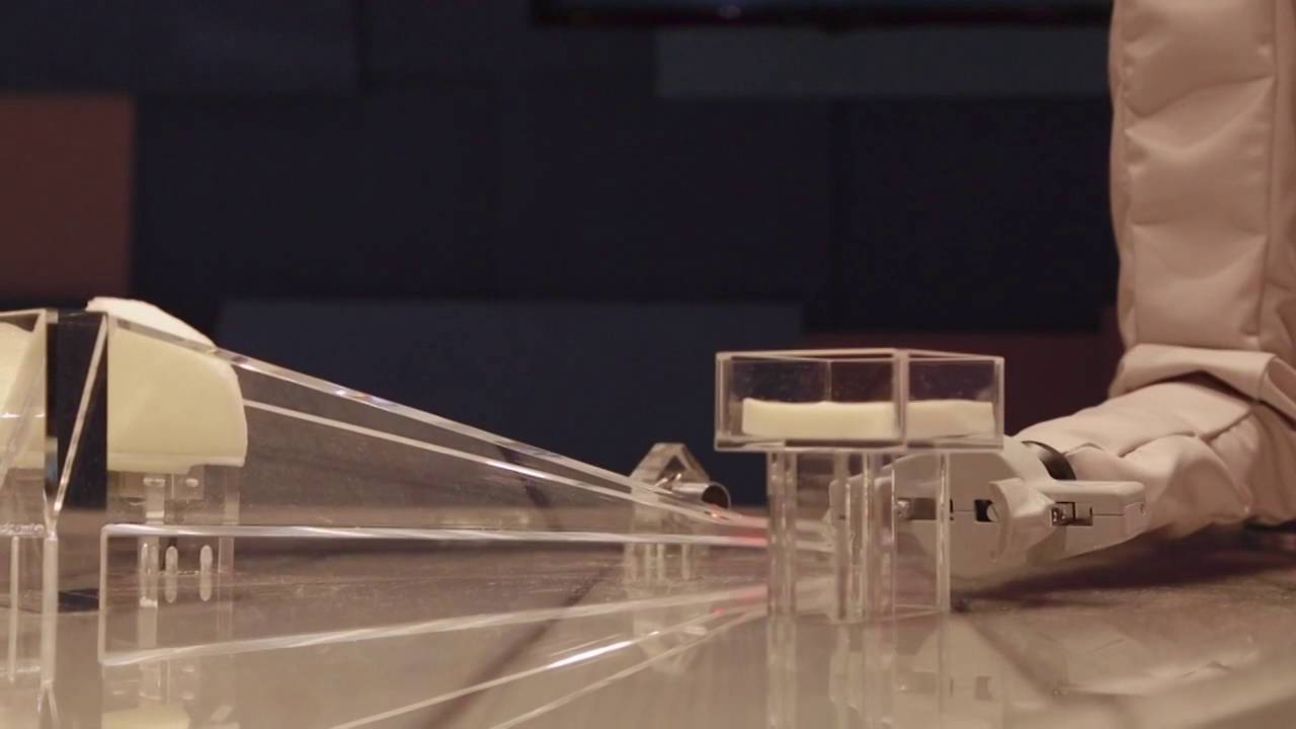Network Slicing – the key to 5G
The 5G:haus presents an End-2-End 5G system for the first time in the world. It is based on a novel flexible architecture featuring technology enablers for use cases requiring extreme network characteristics.
The system architecture is software-defined. It is based on open interfaces, industry standard hardware and leveraging Network Slicing principles. With this architecture DT is demonstrating in Barcelona three network slices co-existing on the same hardware. The E2E radio and core network is covering slice creation, orchestration, deployment and operation for each slice.
Network Slicing is envisaged for 5G to provide differentiated connectivity quickly and efficiently for future industry use cases, as well as the mass mobile broadband like connectivity for consumers. The end-to-end system shows how extreme capabilities can be provided as on-demand network services for diverging use cases in a digitized society.
Network Slicing leverages Software-Defined Networking (SDN) and Network Functions Virtualization (NFV) for architectural flexibility and extends its application to the radio part of the network. In the ultra low latency slice, the partners achieved a world first sub one millisecond end-to-end latency – an industry marker regarding the feasibility of Tactile Internet or extreme real-time communications applications.
Details on the different slices presented at MWC
Addressing the growing need for ultra high speed connectivity, the 5G:haus system integrates Ultra Mobile Broadband (UMBB) as an end-to-end slice. Using 60GHz band radio access technology and leveraging unique beam-forming technology for increased coverage, mobility and performance improvement, the partners demonstrate implementation feasibility by integrating the concept into a high-end smartphone. In Barcelona 5G:haus and partners achieve more than 1.5 Gbps throughput to a Smartphone prototype.
Ultra Low latency (ULL) is a powerful enabler for industrial applications requiring a stable and extreme real-time communication with the network. The 5G:haus partners achieve a world-first sub one millisecond end-to-end latency in a network slice. They show the feasibility of delivering ULL in a 5G system for Tactile Internet applications like industrial robotics or autonomous driving. 2.6 GHz spectrum is used to assume ubiquitous coverage.
LTE-like connectivity will exist in 5G and will represent majority of traffic for at least some years to come. 5G:haus demonstrates that it is possible to guarantee the performance of an ULL slice while supporting mobile broadband connectivity at the same time and on the same infrastructure. For this purpose it is using the same 2.6 GHz spectrum and taking advantage of Network Slicing principles.

